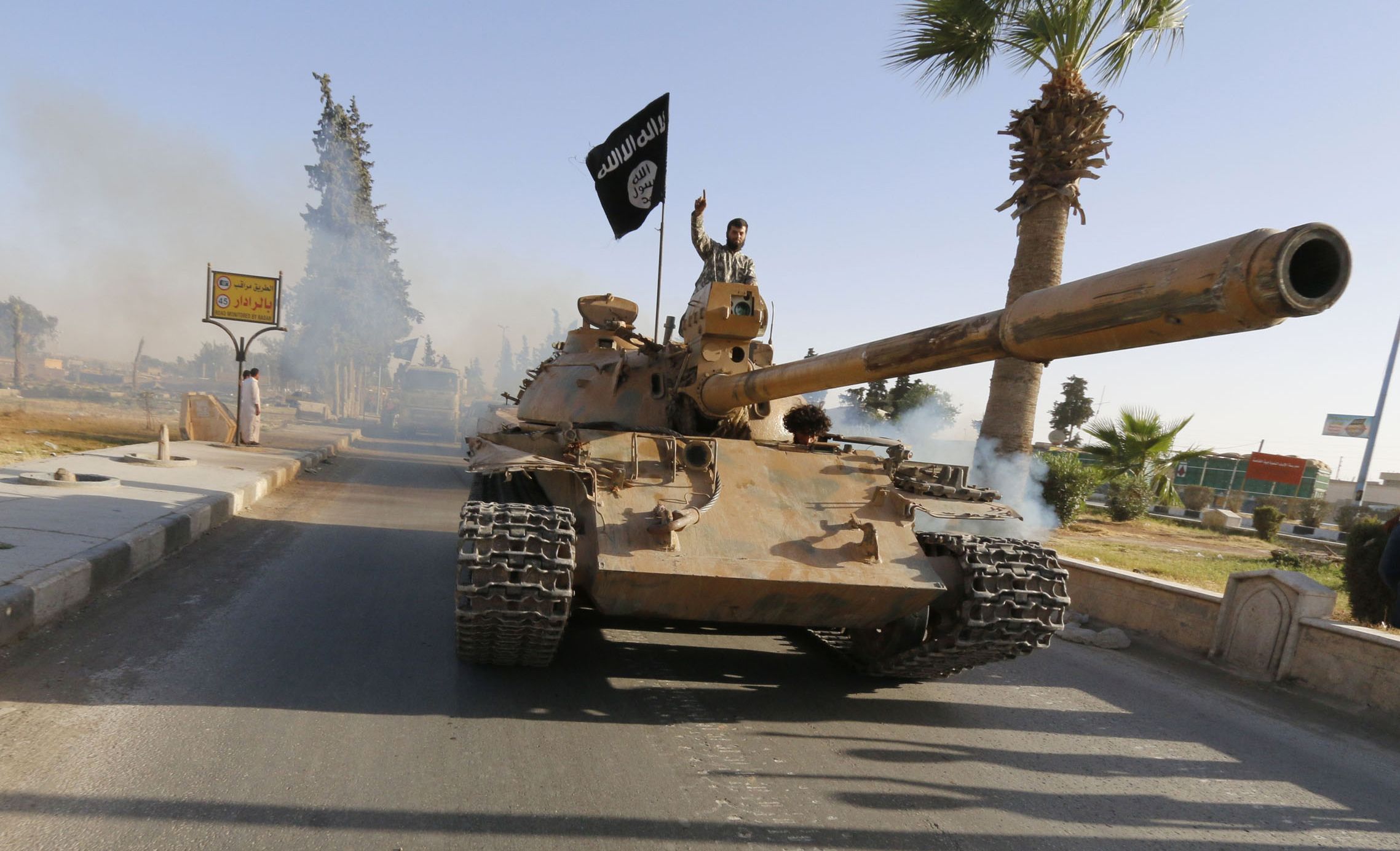
JALALABAD, Afghanistan (Reuters) - Islamic State militants in eastern Afghanistan have taken to the airwaves to win recruits as they try to build strength and replace the Taliban as the leading force in the Islamist insurgency.
Officials have been increasingly concerned by the broadcasts, which encourage young people to find a sense of direction in the radical movement.
If the broadcasts take hold, officials fear they will feed off a growing sense of hopelessness among many inured to war and struggling to get by in an increasingly tough economic climate.
"Most of our people are jobless and this radio will encourage lots of people to join their ranks," said Ahmad Ali Hazrat, head of the provincial council in Nangarhar.
"Now Daesh are seven kilometers outside Jalalabad city and if the government doesn't act soon it will expand its broadcast and recruit even from Kabul," he said, using the term widely used for Islamic State.
The 90-minute daily Pashto language broadcast, called "Voice of the Caliphate", consists mainly of interviews, messages and songs about Islamic State.
It can be heard in Nangarhar, the eastern province where Islamic State has established its stronghold. It controls several districts wrested from the Taliban, who are seeking to re-establish their hard-line Islamist regime after being toppled by U.S.-led military intervention in 2001.
In one program, an Islamic State member said the broadcasts were to counter the negative public image of the group fostered by reports of extreme violence.
"There are many projects to defame us," the member, identified as Jan Aqa Shafaq, said. "Most of our young generation, these 'lipstick young' who shave closely and wear the kind of clothing that does not distinguish them from females, create such propaganda."
Islamic State is a relatively new force in Afghanistan and there is some dispute about how strong it is, how many members it commands and how closely it is linked operationally to the movement's main arm in Iraq and Syria.
Security officials say many members are former Taliban fighters who have fallen out with the current leadership or who are seeking a more extreme form of militant activity.
Last week, the commander of international forces in Afghanistan, U.S. General John Campbell, said there were between 1,000 and 3,000 members of the movement in Afghanistan and he said its influence would spread if left unchecked.
Officials in Nangarhar say they had so far been unable to block the broadcasts, which appear to shift location regularly.
"They move from one place to another," said Attaullah Khogyani, a spokesman for the Nangarhar governor. "It makes it difficult for us."
Uncommon Knowledge
Newsweek is committed to challenging conventional wisdom and finding connections in the search for common ground.
Newsweek is committed to challenging conventional wisdom and finding connections in the search for common ground.
About the writer
To read how Newsweek uses AI as a newsroom tool, Click here.








